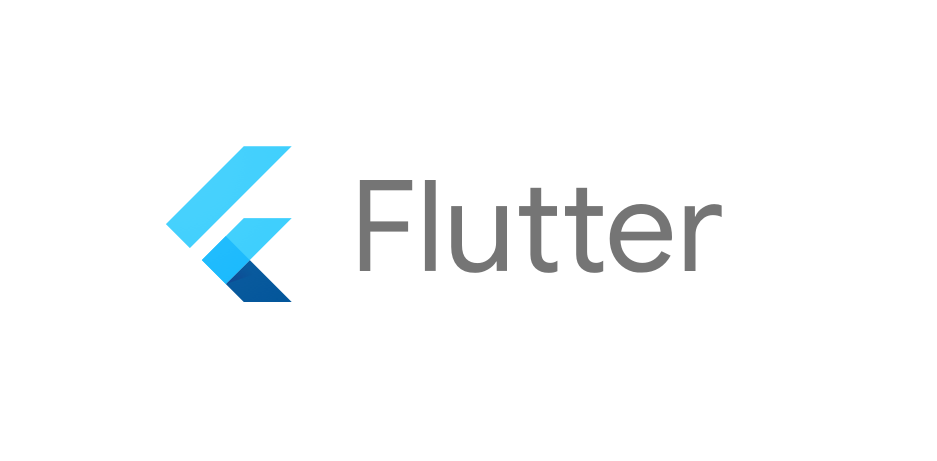The Design of You: Maximizing Your Inner Tech

When I ask my Grio teammates, “where do you live,” they all give slightly different answers. Some will say “San Francisco” while others say “the Bay Area.” Some say “the United States” while others say “Mexico.” While our answers may all be different, we do have one thing in common: There is only one place we will each live for the rest of our lives. That place is our bodies.
In this blog, I’ll discuss how our modern lifestyles impact our “inner tech” and look at some of the physical and ergonomic solutions we have to keep our bodies in tip-top shape.








